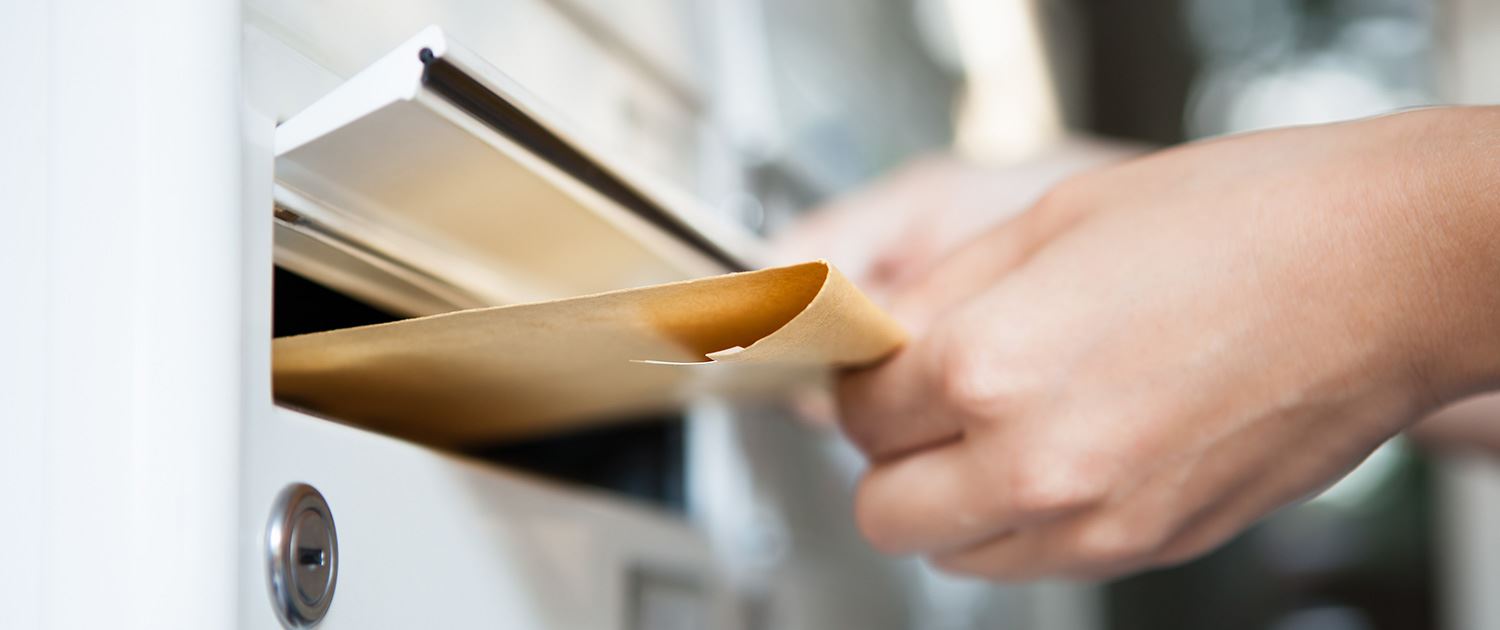
Formality
Rules of Order
FORMALITY – THE KEY TO BOARD SUCCESS
And
RULES OF ORDER
Intelligence and experience of the Board members not withstanding, the single, most important factor contributing to the success of the Association’s Board of Directors is “formality,” Formal, methodical and predetermined procedures for dealing with circumstances and problems that wail upon the minds of the Board of Directors.
Various forms of formality have been tried and tested for years among various associations with varying levels of success. However, tempered by reason and implemented with diplomacy, formality can and will alleviate numerous unnecessary stressful situations while engendering trust in the board and success for the association.
The various concept’s presented here will address specific forms of this key element and outline it’s use. The resource for these articles is derived from nine years personal experience in local government, “Robert’s Rules of Order” and other appropriate sources which will be named when utilized.
Many homeowner associations are administered by a Board of Directors knowledgeable and experienced in the art of “parliamentary procedure.” For these Boards, this information may serve to refresh your memory. For board members not familiar with specific procedures for conducting association and board meetings, you will find this information has been prepared in the most elementary of terms and if observed, your meetings will be shorter, more productive, better attended and of greater value.
FORMALITY – THE KEY TO BOARD SUCCESS
RULES OF ORDER
Concept # 1
Call the meeting to order – on time.
You (the Board) have called a meeting, homeowners start to arrive, they expect a meeting to be held, but, they have other matters in their lives to be concerned with. They want to conduct the business at hand and be gone. This is a time to conduct business. It is not the time to be social. The social hour can follow. Conduct the association’s business and close the meeting. Those that want to fraternize following the meeting can do so and those that want to go home will welcome and appreciate your respect for their time. So, be focused on the agenda items and keep conversation on other matters to a minimum.
Call to order
The person designated to “chair” the meeting at the appointed hour, should call the meeting to order by saying “Ladies and Gentlemen,” or simply, “the Board will call the meeting to order.”
“The first item of business is” _________
Agenda – Written Formality
An agenda is required by law to be posted (together with the notice of the meeting) prior to the meeting will help keep you focused on the important subjects and prioritize the items of business.
FORMALITY – THE KEY TO BOARD SUCCESS
RULES OF ORDER
Concept # 2
Minutes – A valuable Legal Document
Minutes of “Association” or “Board” meetings are often taken for granted and frequently a forgotten item – until needed. When needed, minutes become extremely important and, when properly prepared, generally provide the necessary information to solve a problem or settle a dispute.
Minutes are prepared to establish that: an official meeting was held, to clarify a subject, to establish policy of the Association, to provide direction for the Board of directors to confirm solutions to problems, to disclose the thinking of the Homeowners and the Board. Minutes help to identify the needs of the Association and can help alleviate future misunderstandings and problems.
Minutes, as required by the “C, C&Rs” and “By Laws,” constitute a legal record of the proceedings of the meeting and therefor, should not, necessarily, be a history. (The significant items of a meeting may be lost or weakened by the detail and rhetoric of lengthy minutes.) Minutes (or notes) should be taken during the respective meeting(s) and the “Official Minutes” prepared by the person taking the minutes whom was in attendance at the meeting. The minutes should include the DATE, PLACE, TIME and TYPE of meeting as well as a roll call of persons in attendance. Minutes are to be posted within thirty days of the meeting, and presented at a subsequent meeting for approval. Approval of minutes and all matters in the minutes should be by “Motion, Second and Vote” (which will be explained in greater detail later) of the leadership in attendance, assuming a quorum is present. Amendments to the minutes, if any, should be made and said amendments approved at a subsequent meeting. Minutes, that have been approved, should then be signed by the appropriate Board members in attendance. Minutes that have not been signed may be questionable as to being official or legal.
Minutes should be made available to all homeowners offering a “complete record and full disclosure” of the decisions of the homeowners and actions of Board Members.
FORMALITY – THE KEY TO BOARD SUCCESS
RULES OF ORDER
Concept # 3
FORMAL BUSINESS ACTION
“Motion to Approve”
The sincerity of the action being discussed and the intent of Board is strengthened when supported by a motion from the Board of Directors (or, if appropriate, the homeowner’s association). Therefore, when an item of business has been discussed the time will come when it is proper to “call for a motion” to approve the item being discussed.
For example, when the “minutes” of the previous board meeting have been discussed, the President, or chair person will state: “the minutes have been discussed, is there a motion to approve the minutes.” One of the Board members, generally the Secretary, will make the Motion by saying: “I make a motion to adopt the minutes of the meeting” Another Board member will then say: “I second the motion.”
The President will then say: “there is a motion and a second to approve the motion on the floor, is there any discussion on the motion?” At this time it is appropriate to discuss the motion. If no one has anything more to say about the motion, the President will call for the vote: “All in favor of the motion say yes (ayes).” Those in favor will say “ayes.” The President will then call for those opposed: “Those opposed say no.” Those opposed will say “no.” If the vote is in favor of the “ayes” the President will say: “the motion has passed.” If the vote is favor of the “nos” the President will say: “the motion has not passed.”If all persons voting on the motion, vote yes it is said: “the vote was unanimous.”
During the discussion period, while a motion is on the floor, it is inappropriate to make a second motion. The President will say “your motion is out of order at this time, a motion is presently on the floor.”
How to Make a Motion
“I make a motion to adopt the minutes of the meeting”
“I second the motion.”
“There is a motion and a second motion on the floor, is there any discussion on the motion?”
“Those in favor say ayes.”
“Those apposed say no.”
“The motion has passed”
All official business of the association should be adopted by motion so that the intent of the Board (or association) is on record.
This record, when approved by the Board becomes a “valuable legal document.”
-
 California Association of Homeowners Associations
California Association of Homeowners AssociationsDedicated to: "Strength in unity and the value and enjoyment of property". Click here to get in touch with our experienced HOA consultants!
-
 Membership Program
Membership ProgramElevate your HOA experience with our exclusive membership services. Unlock access to legal expertise, resources, and guidance tailored to your association's needs. Join now to safeguard your community's interests.
-
 Election Services
Election ServicesEnsure fair and lawful elections for your HOA board. Explore our specialized election services designed to streamline the process and uphold the integrity of your community's leadership. Secure your next election with our expertise.
-
 Newsletter
NewsletterStay informed and empowered! Subscribe to our HOA legal newsletters for the latest updates, case studies, and insights. Knowledge is key - sign up now to receive valuable information directly to your inbox.



